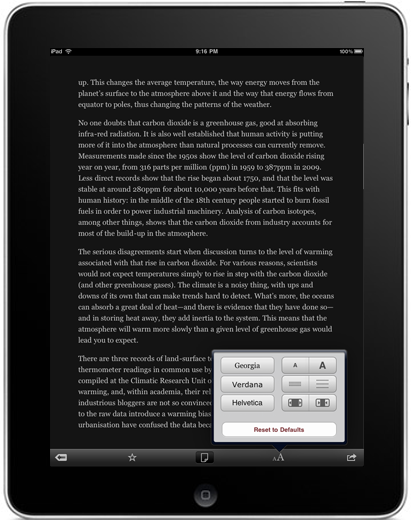Sorry this post took so long. I wanted to make sure that this method worked (It does) before posting. To test this, I put Chinese vocabulary words into Supermemo. Usually it takes a week or two for new information to be truly "remembered" with Supermemo, as you need to review them two or three times (Successfully) before you can say to yourself "OK, I know this word now."
KanjiTown was a mnemonic system that made Japanese vocabulary acquisition a piece of cake. When I began to study Chinese, I thought "A slightly modified version of this would have to work just as effectively for Chinese, right?"
The goal was simple:
1. Group together Chinese characters based on their pronunciation
2. Somehow link all of those characters together
3. Learn vocabulary at an absurd rate (Just like Japanese)
For the past year I have struggled to complete step two in this process. I attempted many different ways of linking the characters together, but none of them worked as well as KanjiTown did. I now realize that the main error was this: I tried to remember both the pronunciation and tone of a character with the same story at the same time. This resulted in too much mental clutter, too many images moving around in the mind. Rather than try to remember both the pronunciation and tone, I should simply focus on the pronunciation first. Should I want to design a system for remembering the tones of characters, that can be done later.
But honestly, I don't think there will be a need for a tone mnemonic system. Why? Japanese does not have a tone system, but stress is placed on certain syllables, and not on others (For example, you do not say "konNIchiwa," it is "KONnichiwa"); when I was studying Japanese, never was it necessary to create a mnemonic system to remember them, as proper placement of emphasis came naturally with time and exposure to the language through downloaded TV shows, radio, etc. Although Chinese tones do not sound as natural as sense stress does in English or Japanese, I have a feeling I will learn them like I learned Japanese sense stress.
When you have a hammer, sometimes everything seems like a nail. In this case, I was mnemonically trigger-happy, and was trying to use mnemonics to do a job they weren't cut out to do.
Now that I've learned my lesson, here is my present method for Chinese character memorization:
Once you have grouped the Chinese characters together, the next step is to assign a specific INDIVIDUAL to each group. This individual could be a real person or a fictitious character. After you have assigned an individual to one group, each character in the group somehow becomes an attribute of that individual.
Let's take an example: JIA. JIA sounds a lot like JACK, so let's assign Jack Nickelson to the JIA group. After we find a list of characters all pronounced JIA, we somehow link them to Jack Nickelson. For example, the character for "armor" is pronounced "Jia," so imagine Jack Nickelson in knight's armor. He will wear the armor for the whole duration of the story (Like the Japanese KanjiTown, these stories should somehow connect with one another when possible to ensure memory stability). JIA can also mean "to support, frame, rack." So imagine our knight Jack Nickelson trying to stabilize someone on a big ladder, so that they don't fall, perhaps fighting off a dragon at the same time (He is wearing the armor, after all).
Also, it is good for each story to have a primary objective that the character works towards. Rescuing a girl, climbing a mountain, fighting a dragon, etc.
(This is merely an example, I am not actually using the above story.)
So where KanjiTown focused on location, "ChinaTown" focuses on people. I imagine it would be preferred that the people used for "ChinaTown" be those that have not appeared in KanjiTown (I'm assuming this would not work; I could be wrong, but I don't want to test this for fear that it could disrupt my memory).
I have assigned a few individuals to a few groups of characters, and I can recall words that include those characters with great speed compared to my previous attempts at retaining Chinese vocabulary. Now that I know the process, it's simply a matter of time before Chinese is conquered, one little group at a time!
("Jack Nickelson" is a song by "Bloodthirsty Butchers," a Japanese band. I enjoy their music.)
Edit: I changed the posting date to reflect the fact that I finished the post recently. I started the post about a month ago.

